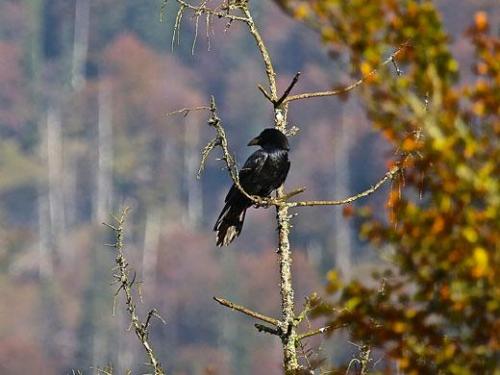
Pic: WWF
Global wildlife populations have halved in just 40 years, according to new research by scientists at the World Wildlife Fund (WWF) and the Zoological Society of London (ZSL).
Creatures across land, rivers and the seas are being decimated as humans kill them for food in unsustainable numbers, while polluting or destroying their habitats, the WWF’s Living Planet Report 2014 found.
The key findings are:
- Populations of mammals, birds, reptiles, amphibians and fish have declined by an average of 52% since the 1970s.
- Freshwater species populations have suffered a 76% decline, an average loss almost double that of land and marine species.
- The worst declines have been observed in the Tropics.
The report draws upon the Living Planet Index, a database maintained by the Zoological Society of London, which monitors trends in over 10,000 populations of 3038 species since the 1970s. It also looks at how human consumption levels have increased in the same time period. It shows that the biggest recorded threat to biodiversity comes from the combined impacts of habitat loss and degradation, driven by unsustainable human consumption.
“If half the animals died in London zoo next week it would be front page news,” said Professor Ken Norris, ZSL’s director of science. “But that is happening in the great outdoors. This damage is not inevitable but a consequence of the way we choose to live.” He said nature, which provides food and clean water and air, was essential for human wellbeing.
“We have lost one half of the animal population and knowing this is driven by human consumption, this is clearly a call to arms and we must act now,” said Mike Barratt, director of science and policy at WWF. He said more of the Earth must be protected from development and deforestation, while food and energy had to be produced sustainably.







